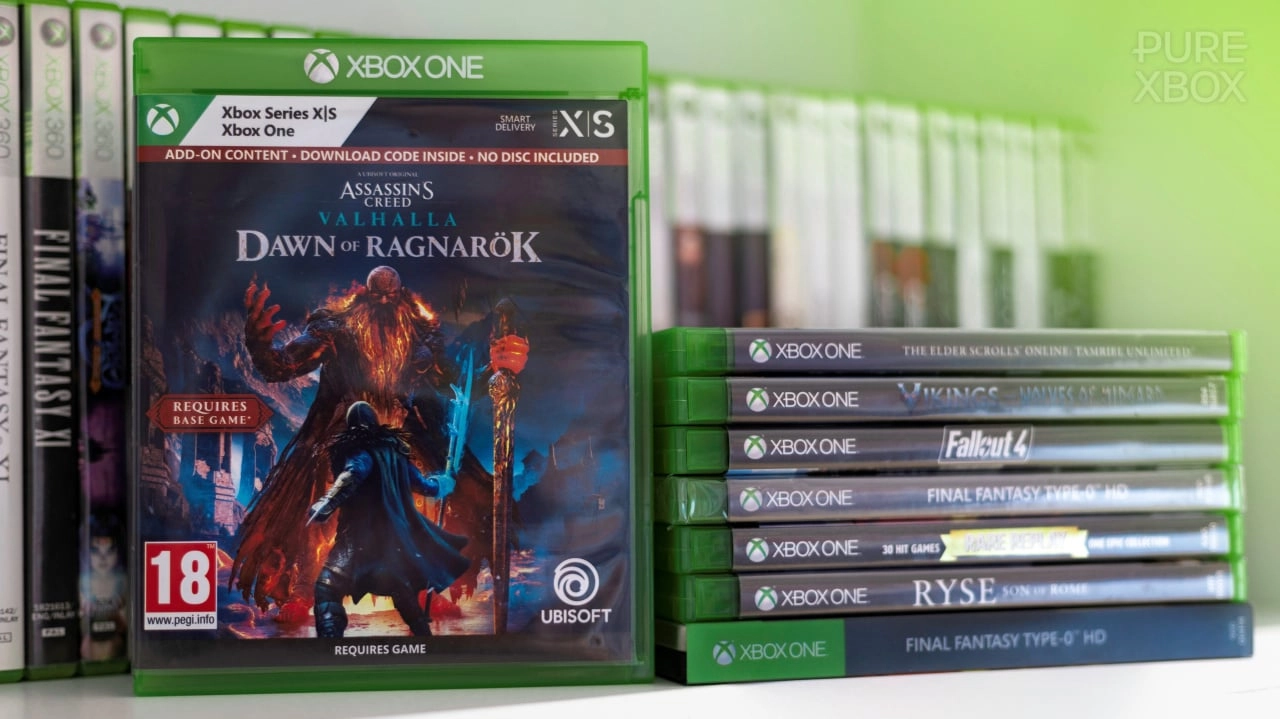
Released in November 2013, the Xbox One marked a new chapter in Microsoft's gaming prowess. Now, a decade later, as we step into 2024, this gaming console continues to surprise the industry and players alike by supporting countless new games and features, challenging the very notion that its era has come to a close.
The design and technology of the Xbox One were built with foresight, encompassing a user experience that would carry over to its successor consoles, the Xbox Series X and Xbox Series S. This lineage benefits from features that unite all three console generations, like Smart Delivery—a service that optimizes games for the console you're playing on—and the much-appreciated backward compatibility for Xbox One titles except for the Kinect-only games.
In this era of gaming, it's not unusual for consoles to have a shelf life that extends well beyond their prime. Remarkably, those who purchased the Xbox One at its launch can still enjoy big-ticket releases like Diablo 4, and Hogwarts Legacy. This longevity owes in part to cloud gaming solutions; even as developers gear new titles towards the latest hardware, the Xbox Cloud Gaming platform ensures that Xbox One users can still play newer releases by streaming them over the internet. Xbox Game Pass ties into this ecosystem neatly, offering a wide library of games that can transcend console generations through cloud streaming.
Despite Microsoft halting the production of the Xbox One, we witness continued support for the console in the form of game development. Developers appear committed to the platform, recognizing a substantial user base that isn't ready—or doesn't see the need—to move on just yet. It's a trend that sends a clear message: the Xbox One era isn't entirely over.
For many, the allure of new technology, enhanced graphics, and smoother frame rates beckons them towards the Xbox Series X|S. However, for casual gamers, the Xbox One remains a viable and cost-effective option that meets their gaming needs without requiring the investment in new hardware. This creates a unique situation where a console, albeit succeeded by a newer generation, manages to maintain relevance through continuous support and its ability to cater to a dedicated audience.
Recalling the early days, the launch of the Xbox One was met with challenges. Its online requirements and multimedia focus initially led to mixed reactions. However, the console saw one of the most impressive turnarounds in Xbox history, correcting course to emphasize games and player experience, a move that undoubtedly contributes to its enduring presence today.
The dialogue about when exactly an era for a console ends is a nuanced one. Conventional wisdom might suggest that the cutoff is when new games cease production or when the manufacturer discontinuates the console. Yet, the reality is that as long as there are gamers actively engaging with the console, and developers willing to cater to them, the end of an era can be a fluid concept rather than a definitive point in time.
The Xbox One stands as a testament to this fluidity. It’s a system that refuses to bow out, sustained by a robust network of players, ongoing developer support, and the innovative foresight of its creators that extended its relevance far beyond traditional expectations.
As we peer into the future of gaming, the Xbox One provides a blueprint for how consoles might evolve in their lifecycle. No longer bound by the constraints of hardware lifespan, consoles can now live in the hearts and gaming setups of their fans, supported by a cloud infrastructure that delivers the latest gaming experiences to aging but cherished machines.
So, is the Xbox One era officially over? The answer is complex and subjective. While the shiny new features and powerful hardware of the latest consoles attract gamers to upgrade, the Xbox One—through continued support and adaptations in gaming delivery—holds onto a quiet yet undeniable relevance in a digital age where architecture is more about ecosystem than obsolescence.
You must be logged in to post a comment!